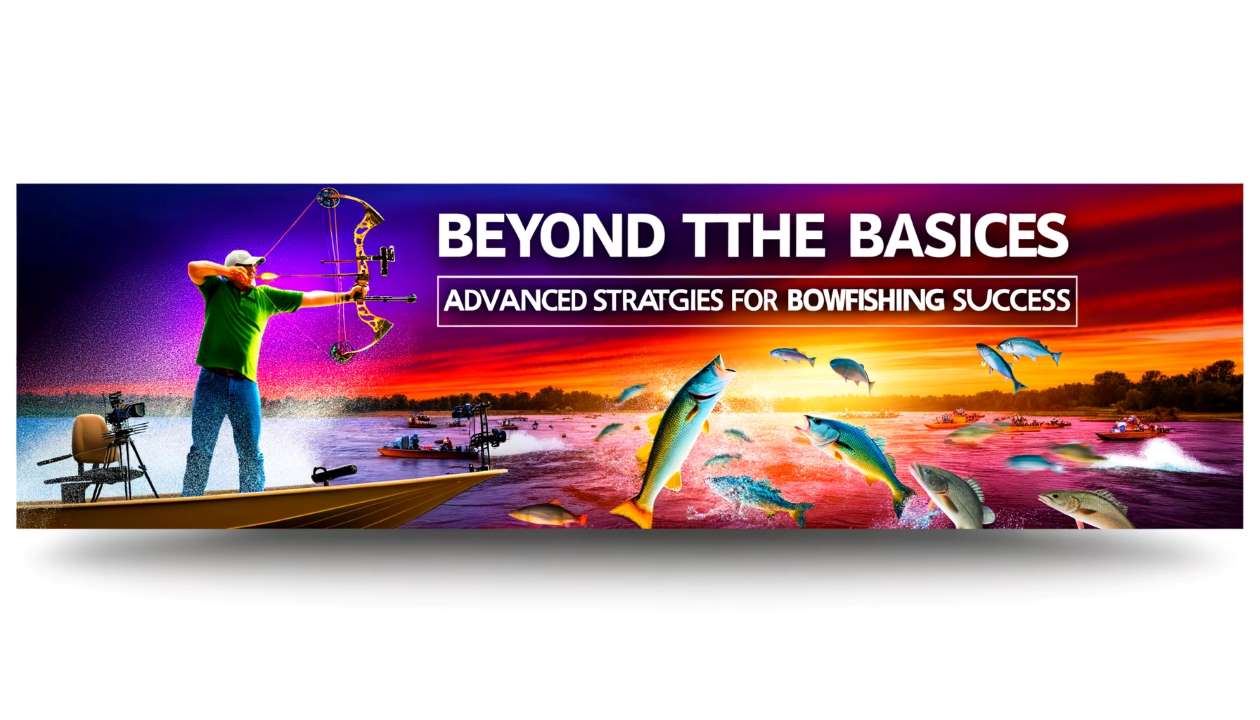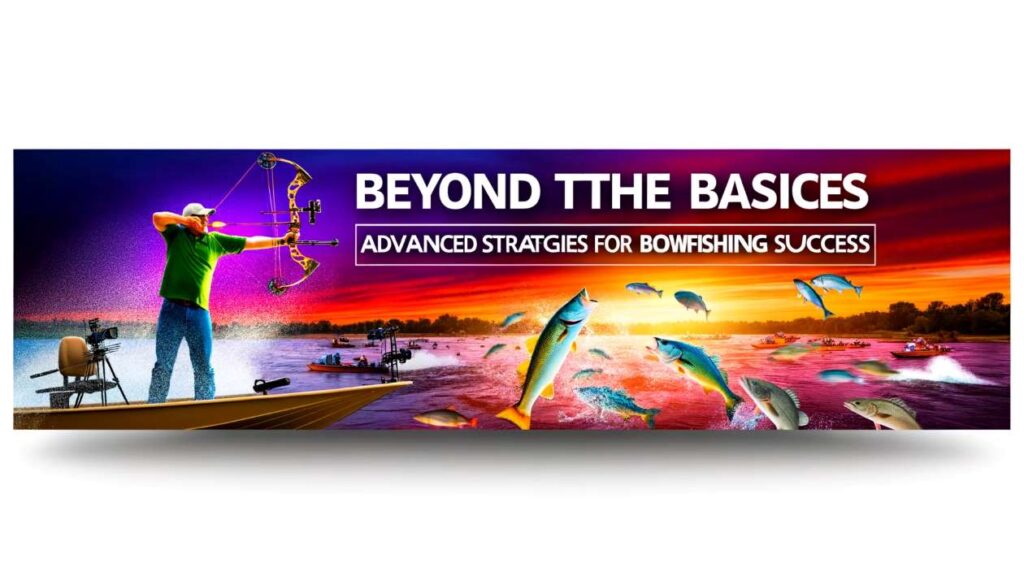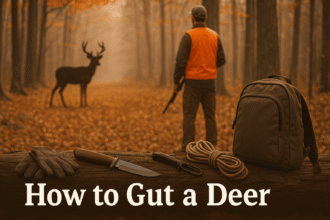Beyond the Basics: Advanced Strategies for Bowfishing Success


Once you’ve mastered the fundamentals of bowfishing, it’s time to elevate your game with advanced strategies and techniques. This section delves into the finer points of bowfishing, offering insights to enhance your effectiveness and enjoyment of the sport. From understanding fish behavior to mastering boat positioning, these tips will help you become a more proficient and successful bowfisher.
Table of Contents
- Understanding Fish Behavior
- Precision and Patience
- Equipment Upgrades and Customizations
- Advanced Tactics: Boat Positioning and Stealth
- Conservation and Ethical Considerations
- Responsible Harvesting
- Habitat Preservation
- 1. What is the best time of day for bowfishing?
- 2. Can I use my regular hunting bow for bowfishing?
- 3. How do I choose a bowfishing spot?
- 4. Why do I keep missing fish, even when I aim directly at them?
- 5. Is bowfishing considered ethical and environmentally friendly?
- Conclusion: The Journey Continues
Understanding Fish Behavior
A deep understanding of your target fish’s behavior is crucial for successful bowfishing. Different species have unique habits, preferred habitats, and activity patterns. For instance, carp often feed in shallow waters, making them prime targets during early morning or late afternoon. Knowing when and where fish are likely to be can significantly increase your chances of a successful shot.
Seasonal Patterns
Fish behavior changes with the seasons, influenced by water temperature, spawning activities, and food availability. In spring, many species move into shallow areas to spawn, making them more accessible. Summer may see fish seeking deeper, cooler waters, requiring a change in strategy. Paying attention to these seasonal patterns will guide you to the right spots at the right times.
Precision and Patience
Perfecting Your Stance and Shot
Your shooting stance and technique are vital for accuracy and power. Practice shooting from various positions and angles, as real-life bowfishing rarely offers the perfect shot. Work on stabilizing your body and bow, even in awkward positions, to ensure a steady aim.
Timing and Patience
Bowfishing often requires waiting for the perfect shot, especially when targeting specific species or sizes. Patience is key; rushing shots can lead to misses or wounding fish without securing them. Learn to anticipate fish movements and time your shots for when they’re most likely to hit.
Equipment Upgrades and Customizations
Specialty Bows and Reels
As you progress, consider investing in a bow and reel designed specifically for bowfishing. These are built to handle the unique demands of shooting and retrieving fish, offering better performance and durability. Look for equipment that suits your style and the conditions you most often face.
Lighting and Night Bowfishing
Night bowfishing can open up new opportunities, as many fish are more active and visible. High-quality lighting systems mounted on your boat can illuminate the water, revealing fish that would be hidden during the day. This adds a whole new dimension to bowfishing, allowing for thrilling nighttime adventures.
Advanced Tactics: Boat Positioning and Stealth
Maneuvering for the Perfect Shot
Your approach and position can make or break a shot. Learn to maneuver your boat quietly and position yourself downwind or downcurrent to avoid alerting fish. Use natural cover and the sun’s position to conceal your approach.
Stealth and Silence
Silence is golden in bowfishing. Fish are sensitive to noise and vibrations, so minimizing your presence can get you closer to your target. Invest in quiet, efficient motors and practice moving silently in your boat for the best results.
Conservation and Ethical Considerations
Responsible Harvesting
While bowfishing is an effective method for controlling invasive species, responsible harvesting is essential. Only take what you can use or share, and respect size and bag limits to ensure sustainable populations.
Habitat Preservation
Be mindful of the environment and habitats where you bowfish. Avoid damaging vegetation and nesting areas, and always collect your spent arrows and any trash to keep the waters clean for future generations.
Frequently Asked Questions
1. What is the best time of day for bowfishing?
Answer: The best time of day for bowfishing can vary depending on the species you’re targeting and the weather conditions. Generally, early morning and late afternoon or early evening are prime times. These periods offer lower light conditions, which can make fish less wary and more accessible. However, night bowfishing is also highly effective, especially in warmer months, as many fish are more active and visible under lights.
2. Can I use my regular hunting bow for bowfishing?
Answer: Yes, you can use a regular hunting bow for bowfishing, but it requires modifications. You’ll need to add a bowfishing reel, a sturdy arrow rest, and use heavier, specialized bowfishing arrows. However, for the best experience, a dedicated bowfishing bow is recommended, as it’s designed to withstand the unique challenges and conditions of the sport.
3. How do I choose a bowfishing spot?
Answer: Choosing a bowfishing spot involves researching local water bodies to find areas rich in the species you’re targeting. Look for shallow, clear waters where fish come to feed or spawn, such as flats, backwaters, and river mouths. Always check local regulations to ensure bowfishing is permitted and to identify any protected species. Joining local bowfishing communities can also provide valuable insights into productive spots.
4. Why do I keep missing fish, even when I aim directly at them?
Answer: Missing fish is often due to the refraction of light in water, which makes fish appear closer to the surface than they actually are. To compensate, you need to aim lower than your target. The general rule of thumb is “aim low to hit high.” The amount you need to aim below the fish depends on the angle of your shot and the depth of the water. Practice and experience will improve your accuracy over time.
5. Is bowfishing considered ethical and environmentally friendly?
Answer: Bowfishing is considered ethical and can be environmentally beneficial when practiced responsibly. It’s an effective method for controlling invasive and overpopulated fish species, which can help maintain balanced ecosystems. However, bowfishers are encouraged to harvest responsibly, follow all local regulations, and practice selective shooting to ensure sustainability. Proper disposal of fish and respecting habitats are also crucial aspects of ethical bowfishing.
Conclusion: The Journey Continues
As you delve deeper into the world of bowfishing, remember that every outing is an opportunity to learn and grow. The challenges and successes along the way will not only make you a better bowfisher but also deepen your appreciation for the natural world and the ancient art of fishing with a bow.
Bowfishing is more than a sport; it’s a journey that connects us with the water, wildlife, and the timeless traditions of hunters and anglers throughout history. So, take these advanced strategies to heart, continue to hone your skills, and embrace the endless adventures that bowfishing offers. The waters are calling, and endless stories await beneath the surface, ready for you to write with your bow and arrow.







